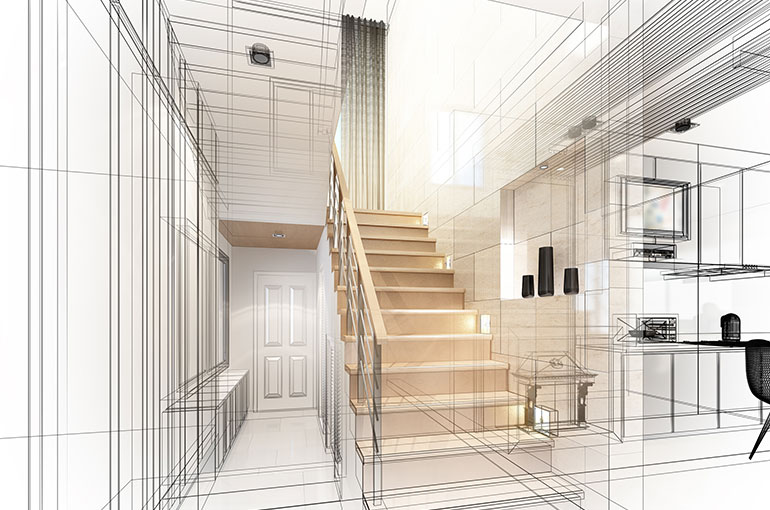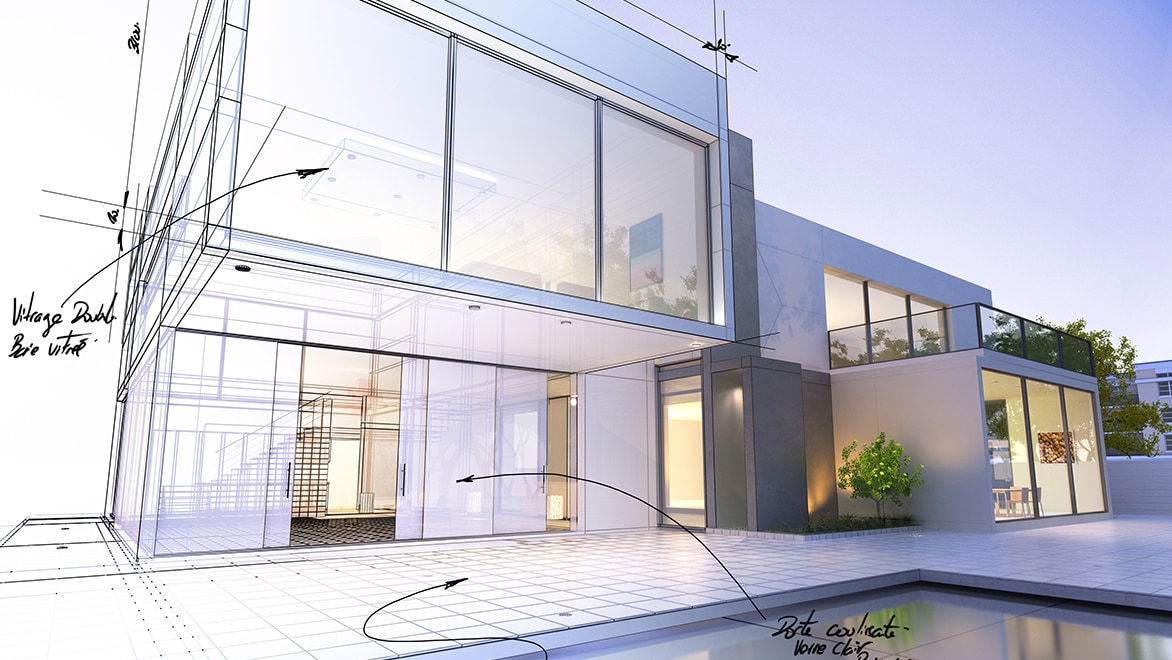Explore Prize-winning Jobs by Popular CDA Architects
Explore Prize-winning Jobs by Popular CDA Architects
Blog Article
The Effect of Technical Innovations on the Style Practices of Contemporary Architects
The fast evolution of technological devices has actually substantially improved the style landscape for modern architects, fostering unprecedented degrees of technology and sustainability. Checking out these dynamics discloses a nuanced interplay between innovation and conventional layout methods, motivating a closer exam of what the future holds for architectural practices.
Development of Architectural Devices
Exactly how have building tools changed the style and building procedures over the centuries? The advancement of building tools has considerably influenced the efficiency, precision, and creative thinking of design and building and construction.
With the advent of the Renaissance, the introduction of the compass and the protractor noted a pivotal shift. These tools made it possible for engineers to accomplish greater accuracy in their styles, assisting in the development of even more intricate and proportional buildings (cda architects). The Industrial Revolution additionally revolutionized architectural experiment the intro of mechanical tools and products, permitting larger and much more ambitious projects
In the 20th century, the advancement of computer-aided style (CAD) software application transformed the landscape once more, supplying engineers with extraordinary abilities in modeling and visualization. Today, progressed devices such as Building Information Modeling (BIM) and parametric design software proceed to push the limits of building development, making it possible for a more integrated method to style and building and construction procedures.

Improved Collaboration in Layout
As modern technology remains to develop, boosted collaboration in layout has actually ended up being a cornerstone of modern-day building practice. The combination of electronic tools such as Structure Information Modeling (BIM), cloud-based systems, and advanced visualization software program has changed the means architects, designers, and stakeholders interact throughout the style procedure. These tools assist in real-time communication, enabling teams to share concepts, alterations, and feedback quickly, no matter geographical location.
Moreover, digital truth (VR) and increased reality (AR) have additional enriched collective efforts by allowing immersive experiences that enable customers and staff member to envision projects in a more engaging way. This level of interaction not just enhances understanding however also promotes a sense of possession among stakeholders, leading to more informed decision-making.
In addition, interdisciplinary collaboration has actually been structured with these technological advancements, allowing designers to function more closely with various other professionals, such as metropolitan planners and environmental specialists. The result is a more natural approach to design that takes into consideration different viewpoints and proficiency. Inevitably, enhanced partnership in layout is not simply a trend; it is vital for producing cutting-edge, useful, and visually pleasing architecture in a significantly intricate globe.
Sustainability Via Modern Technology
Sustainability in style has actually significantly ended up being linked with technological innovation, driving the industry towards ecologically accountable techniques - cda architects. Contemporary engineers are leveraging advanced innovations to reduce ecological impact while enhancing the performance of structures. One noticeable example is the usage of Structure Details Modeling (BIM), which permits exact planning and resource appropriation, reducing waste during construction and advertising power efficiency throughout a building's lifecycle
Additionally, smart materials and energy-efficient systems are being integrated into designs to enhance source use. Technologies such as solar cells and environment-friendly roof systems harness sustainable power sources, contributing to reduced carbon impacts. Furthermore, the application of expert system in style processes allows architects to simulate and evaluate energy intake, leading decisions towards more lasting end results.
The assimilation of sustainable innovations not only lines up with worldwide ecological objectives however additionally satisfies an increasing need from consumers for environment-friendly solutions. As architects embrace these advancements, the emphasis shifts in the direction of creating areas that are not only visually pleasing however additionally functionally lasting, thus redefining the requirements of modern-day design. This way, modern technology works as a stimulant for sustainability, making it possible for engineers to create structures that regard and enhance the natural surroundings.
Obstacles in Application
While technical developments in architecture hold excellent guarantee for boosting sustainability, their implementation frequently experiences significant challenges. One key barrier is the steep discovering contour related to new innovations. Engineers and building and construction experts may call for comprehensive training to properly utilize innovative software application and devices, which can postpone job timelines and enhance costs.
Additionally, the integration of arising innovations, such as right here Structure Info Modeling (BIM) and lasting materials, frequently demands collaboration throughout multidisciplinary teams. This cooperation can be impeded by distinctions in know-how, process, and communication styles, bring about prospective disputes and inadequacies.
Financial restrictions further make complex the fostering of cutting-edge technologies. Lots of architectural companies, specifically smaller ones, may do not have the resources to buy advanced tools, restricting their ability to take on larger firms that can pay for such investments.
In addition, governing frameworks and structure codes might not maintain pace with technical innovations, creating uncertainty and potential conformity problems. This obstacle can discourage designers from completely embracing new technologies, as the threat of non-compliance might outweigh the advantages. Therefore, addressing these application challenges is important for the effective integration of technical developments in contemporary architectural practices.
Future Patterns in Style
The obstacles related to the execution of brand-new technologies in design have triggered a reevaluation of future trends within the market. As engineers navigate issues such as sustainability, urbanization, and social equity, they are progressively taking on ingenious technologies to improve style efficiency and ecological efficiency.
One popular pattern is the combination of man-made knowledge look what i found (AI) in the design process. AI tools can examine vast datasets to notify design choices, boosting both imagination and functionality. Structure Information Modeling (BIM) continues to develop, enabling real-time collaboration amongst stakeholders and helping with streamlined job monitoring.
Sustainable design methods are likewise gaining energy, with engineers concentrating on adaptive reuse and regenerative design principles that reduce resource usage and waste. The consolidation of wise products and renewable power resources will certainly further boost the strength of buildings when faced with climate adjustment.
Additionally, the increase of parametric layout enables for more tailored and context-sensitive building services. By harnessing these advancements, architects are positioned to develop built environments that not only attend to the instant demands of culture however likewise prepare for future difficulties, therefore redefining the function of architecture in an ever-changing globe.
Conclusion

Report this page